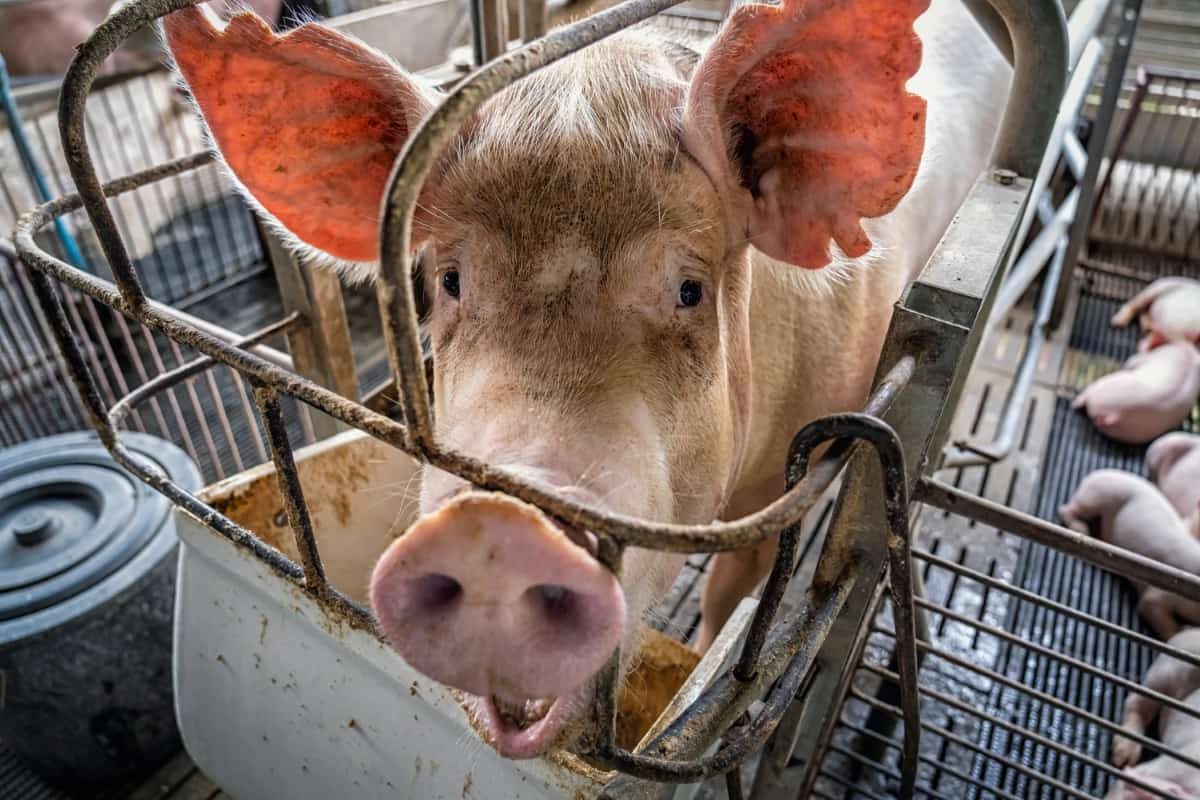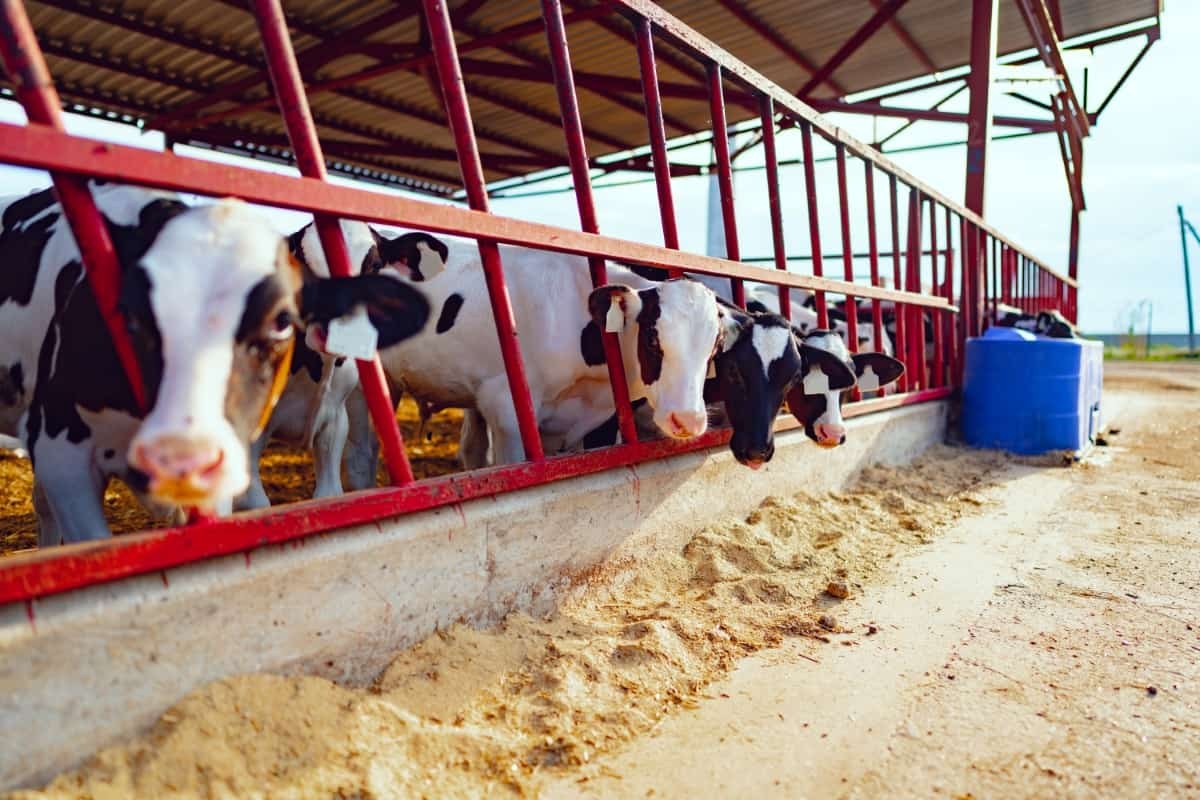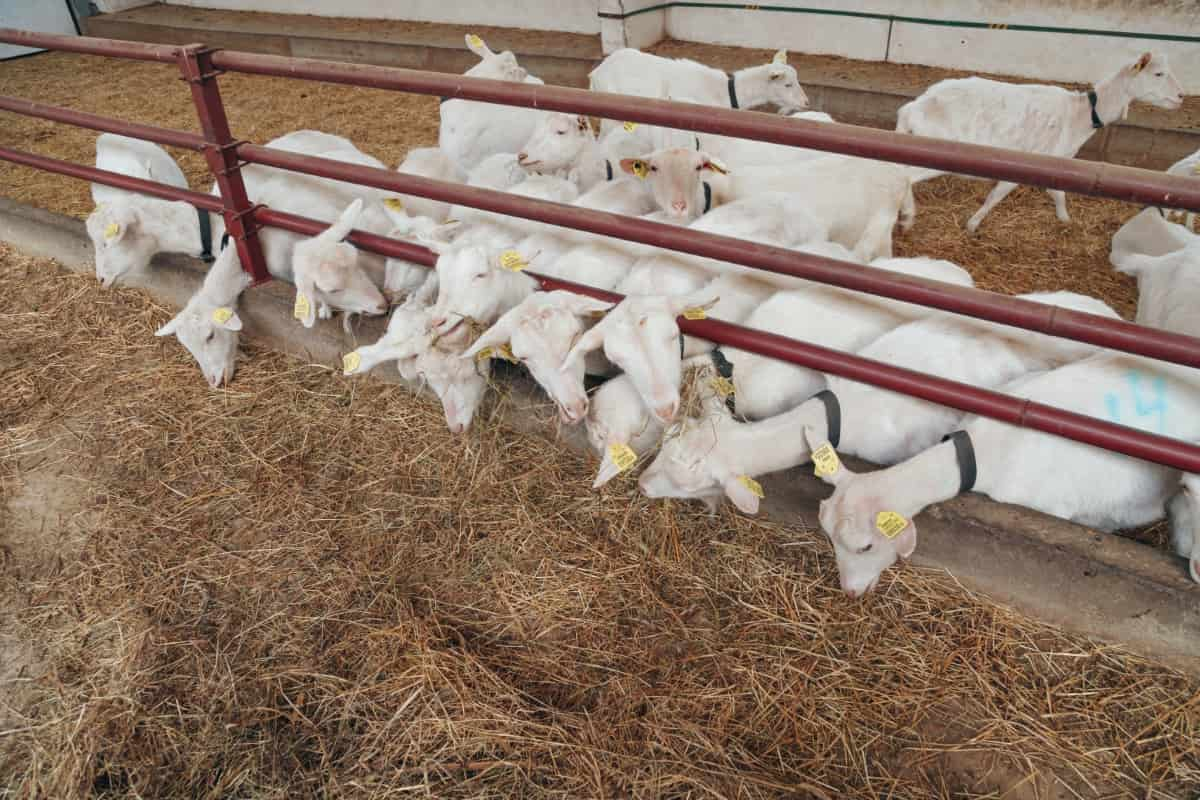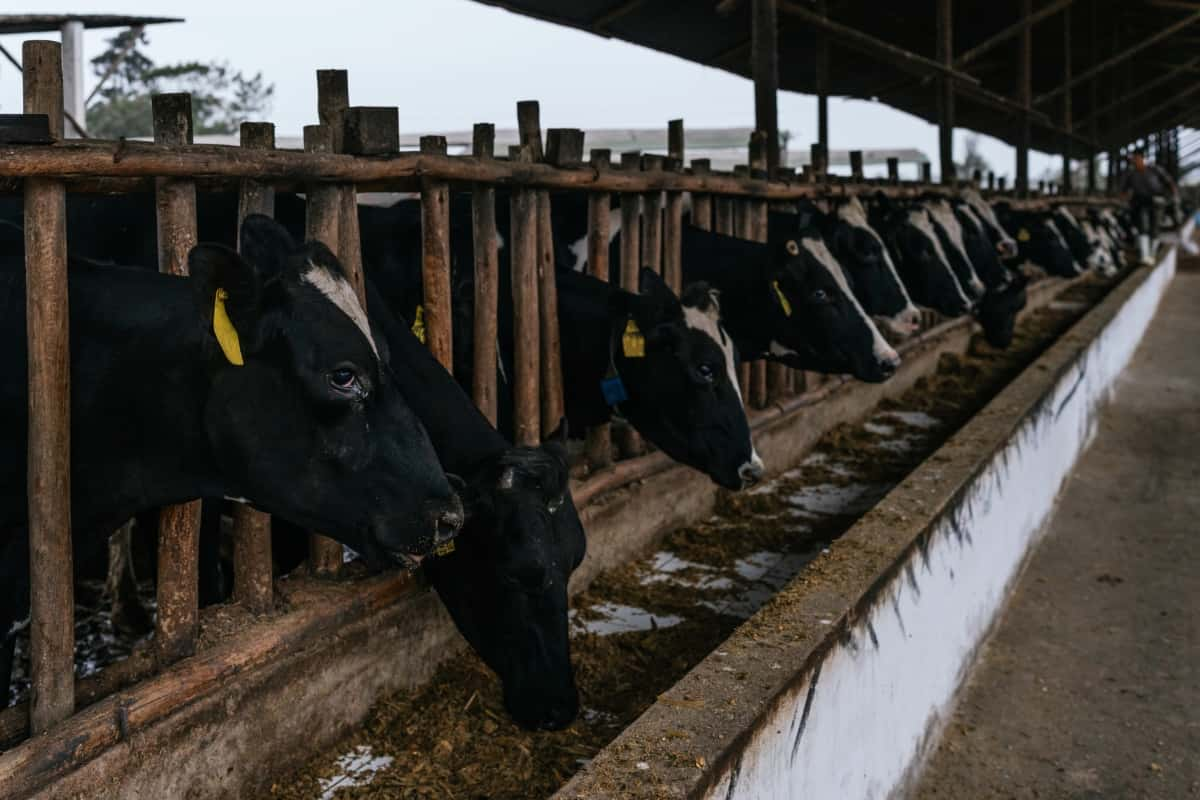India’s Livestock and Dairy Farming Subsidies are an example of the vital financial assistance that the government offers. By reducing financial pressures, these subsidies empower farmers and work toward improving the agricultural sector. Government initiatives that support sustainable cattle and dairy practices through subsidies, low-interest loans, and incentives ultimately strengthen the nation’s rural foundation.
Livestock and Dairy Farming Subsidies
Overview of Livestock and Dairy Farming Subsidies in India
Dairy and livestock production subsidies are essential for helping farmers and raising agricultural output. The government supports sustainable dairy and cattle operations by offering financial aid, incentives, and subsidies. These subsidies include better breeding practices, fodder production, and animal healthcare.

Support is also given to the development of a contemporary dairy infrastructure. The subsidies are intended to increase farmers’ incomes, guarantee food security, and foster the general expansion of the rural economy. Government programs like the National Cattle Mission aim to establish favorable conditions for the growth of dairy and cattle, supporting farmers’ financial stability throughout the nation.
Types of Subsidies for Livestock and Dairy Farming in India
Various subsidies are provided to livestock and dairy production in India to bolster the agricultural industry. The Feed and Fodder Development Program, which offers funding for premium feed, is one notable subsidy. The Breeding and Dairy Development Program is another that provides rewards for better animal breeds.
The National Livestock Mission, which addresses health care and breed conservation, advances general development. Moreover, the Dairy Entrepreneurship Development Scheme supports small dairy unit establishments for entrepreneurs. These subsidies are essential to improving dairy and cattle farming’s sustainability and productivity and maintaining the nation’s strong agricultural ecology.
Beneficiaries of Livestock and Dairy Farming Subsidies in India
In India, small and marginal farmers are the main beneficiaries of livestock and dairy farming subsidies, which provide them with financial help to develop their livestock. By encouraging sustainable agricultural methods, these subsidies improve the quality of life for those who receive them. These programs address infrastructure for dairy farms, breed improvement, and animal husbandry.
The subsidies help farmers become more prosperous overall and produce more milk of higher quality. The government ensures subsidies go to the people who need them most through focused initiatives that promote rural development and favorably affect the agriculture industry. Across the nation, this calculated approach promotes a robust and thriving environment for dairy farming and animals.
Subsidy Amount Provided for Livestock and Dairy Farming in India
Animal Husbandry Infrastructure Development Fund (AHIDF): The Department of Animal Husbandry and Dairying set up a Rs. 15,000 crore flagship scheme to help investors build infrastructure for dairy processing, make value-added products, and set up cattle feed plants. The scheme includes a 3% interest subsidy on loans.
Dairy Processing and Infrastructure Development Fund (DIDF): The National Bank for Agriculture and Rural Development (NABARD) has allocated Rs. 8,004 crores to a scheme providing loan assistance to state dairy federations, district unions, milk producers, cooperatives, and subsidiaries.
National Livestock Mission (NLM): The scheme aims to develop entrepreneurship and improve breeds in poultry, sheep, goat, and piggery, providing 25% of the outlay as a back-end capital subsidy, especially for SC/ST farmers.
Rashtriya Gokul Mission: This program aims to protect and grow native cattle and buffalo breeds by giving breed multiplication farms a 50% capital subsidy, incentivizing artificial insemination technicians, and making reproductive technologies more affordable.
The Central Government’s Dairy Entrepreneurship Development Scheme (DEDS): encourages dairy farms with crossbred cows, indigenous milch cows, or graded buffaloes by giving a 25% back-end capital subsidy. The maximum subsidy for a two-animal unit is Rs. 25,000.
In case you missed it: Everything You Need to Know About Livestock Auctions

Eligibility Criteria for Livestock and Dairy Farming Subsidies in India
The central government and NABARD offer various subsidy schemes for livestock and dairy farming in India. These schemes aim to promote the growth and development of the dairy industry, increase milk production, improve the quality of milk and by-products, and enhance the income and livelihood of small and marginal farmers. The subsidy eligibility criteria depend on the project’s type and scale, the beneficiary’s category, and the state-specific norms.
- The beneficiary should be a resident of India and a small or marginal farmer with landholdings up to 2 hectares.
- The beneficiary should have adequate experience or training in livestock or dairy farming.
- The beneficiary should not have availed of any other subsidy for the same project from any other source.
- The beneficiary should have a bank account and be willing to repay the loan amount as per the terms and conditions.
How to Apply for Livestock and Dairy Farming Subsidies in India
- Visit the Official Website: Visit the National Livestock Mission’s official website. Ensure you are on the real website to get the correct information.
- Navigate to the ‘Apply Online’ Section: Look for the ‘Apply Online’ or ‘Application Form’ section on the website. This is where you will initiate the application process.
- Register/Login: If you are a new user, you must register by providing basic details such as your name, email address, and contact number. If you already have an account, log in using your credentials.
- Fill in Personal Information: Complete the application form by providing your details, including your name, address, date of birth, and other relevant information. Ensure accuracy to avoid any processing delays.
- Choose the Relevant Scheme: The National Livestock Mission may have multiple schemes. Select the one that aligns with your livestock development needs. Each scheme may have specific eligibility criteria.
- Upload Required Documents: Scan and upload the documents, including any additional documents listed on the application form, proof of identity, and land documents. Make sure the writing is readable and clear.
- Provide Livestock Details: Furnish details about the type and number of livestock you own or intend to acquire under the mission. This information is crucial for assessing your eligibility for the scheme.
- Review Your Application: Review all the provided information carefully before submitting the application. Ensure that there are no errors or missing details that could hinder the processing of your application.
- Submit the application: Once satisfied with the information provided, apply. You may receive an acknowledgment or reference number; keep this for future correspondence.
- Track Application Status: On the official website, you may monitor the progress of your application after submitting it. This will update you on the situation and let you know what has to be done next.
In case you missed it: Dairy Farm Project Report With 10 Cows: Cost and Profits with ROI Calculations

Impact of Livestock and Dairy Farming Subsidies on the Indian Economy
Dairy farming and livestock production subsidies are vital in forming the Indian economy. The government offers these subsidies to help farmers maintain a steady food supply. But their effects are somewhat uniform. On the one hand, subsidies support the expansion of agriculture, raise farmer incomes, and increase food security.
However, they can also put a burden on public coffers and can result in inefficiency. Sustainable economic development requires striking a balance between these variables. Subsidies are necessary for many farmers to make a living. Still, a robust and prosperous Indian economy depends on distributing them as effectively as possible and reducing potential negative effects.
Challenges Faced by Livestock and Dairy Farmers in India
Livestock and dairy farmers in India encounter several challenges that impact their livelihoods. Insufficient access to quality fodder and water poses a significant hurdle, affecting animal health and milk production. Farmers often struggle with limited knowledge about modern farming practices and disease management, reducing yields. Erratic weather patterns and climate change add complexity, affecting the availability of resources and creating an unpredictable environment.
In case you missed it: How to Write a Business Plan for Raising Livestock in 10 Easy Steps

Additionally, inadequate veterinary services and the lack of proper infrastructure for storage and transportation contribute to post-harvest losses. These challenges collectively impede the growth of the livestock and dairy sector, highlighting the need for comprehensive solutions and support to ensure sustainable farming practices and improved livelihoods for farmers.
Conclusion
The Government of India provides crucial financial assistance to the Livestock and Dairy Farming sector through subsidies. These subsidies aim to support farmers by easing financial burdens, fostering growth, and enhancing overall productivity. By offering incentives, the government encourages sustainable practices, ensuring the stability and prosperity of the Livestock and Dairy industry.
- Feed Your Flock for Less: Top 10 Tips to Save on Chicken Feed
- Ultimate Guide to Ossabaw Island Hog: Breeding, Raising, Diet, and Care
- Hatching Answers: The Top 10 Reasons Your Chickens Aren’t Laying Eggs
- Eggs and Economics: Breaking Down the Cost of Raising Backyard Chickens
- Defend Your Greens: Proven Methods to Keep Iguanas Out of Your Garden
- Ultimate Guide to Cinnamon Queen Chicken: A Comprehensive Guide for Beginners
- Ultimate Guide to California Tan Chicken: Breeding, Raising, Diet, Egg-Production and Care
- Ultimate Guide to Marsh Daisy Chicken: Breeding, Raising, Diet, and Care
- 10 Types of Chicken Farming Businesses You Can Start for Profits